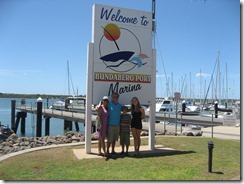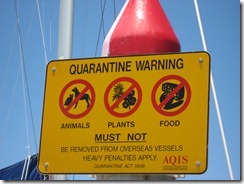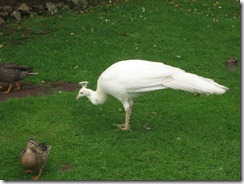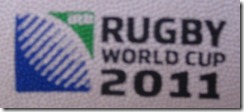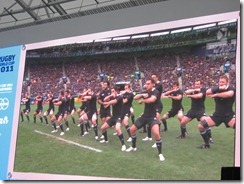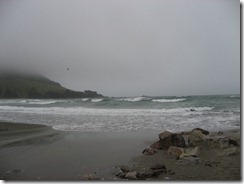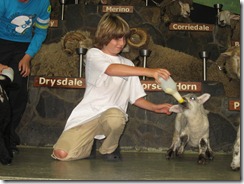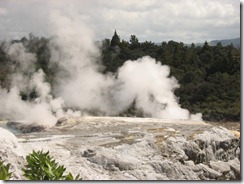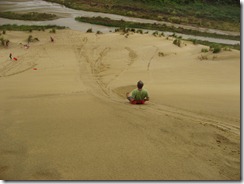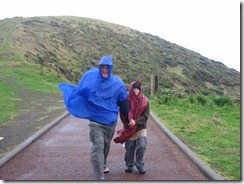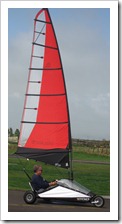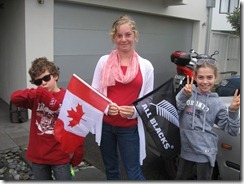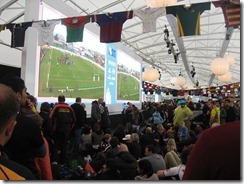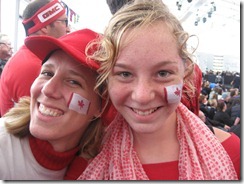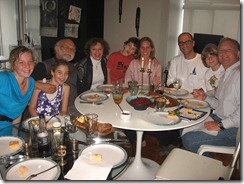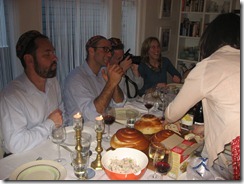
It’s taken me a while to start typing this blog as I’m not really sure what to say, even after being home for nearly a week. We’re trying to take re-entry slowly, keeping a pace familiar to boaters in which we don’t schedule too much, we don’t rush too much, and we enjoy our time together just ‘hanging’.
The first thing that struck me was how good it is to be back. We live in perhaps one of the best places in the world. There is no doubt something special about blue skies and sunshine (even if the air feels a bit crispy) that lifts one’s spirit. The scenery is spectacular (I reached my favorite spot on my favorite hike today which showcases the mountains and the bay). And my community here is like none other. I love my friends. Period.
Next, I am trying not to be too overwhelmed by all the activity. Sounds a bit trite to say, but there are a lot of cars on the roads (I’m driving steadily again after 2.5 years). I am connected to internet and cell phones again, and people really expect that you will respond instantaneously to emails and calls. I do not have texting, and at this point don’t anticipate getting it – that would simply send me over the top. Going from technology disconnect to being connected again is perhaps the biggest adjustment. And there is so much to buy. Shopping has a much different perspective when one lives on a small boat; there's not much room for anything more than what you really need, and that is refreshing.
As for my kids, they are forced to take re-entry slowly, since many of their friends are away this break. Danielle, although a bit nervous, is elated to be home and anticipating being with a steady flow of kids with a giddiness I haven’t seen in a long time. Harrison is a bit more anxious, and I’m assuming this is because he was so young when we left that he’s really not sure what to expect. They’ve spent hours watching TV, and have even been okay going shopping for clothes (which they had very few of upon arrival).
In many ways, we are returning; in other ways, we are the new kids and things seem a bit strange.
As for Whatcha Gonna Do, our home for the last 2.5 years, I do miss her and the way she took care of us -something we tend to take for granted when we live in a house. What I do not miss is the waking in the middle of almost every night to close hatches or listen for an odd sound. And I am enjoying my showers and non-marine-type toilets. I am looking forward to some routine, especially once school starts next Tuesday, we move back into our house sometime next week, and Michael rejoins us stateside in a couple of weeks.
But I will sadly miss many friends, the lifestyle and adventure travel we have been so fortunate to have grown so accustomed to.
Happy 2012 to all of our family and our friends, new and old. We thank you for following our adventures with us, but the next chapter is just beginning. I can't wait to see what this year brings.
-Barb
from Palo Alto, CA
















